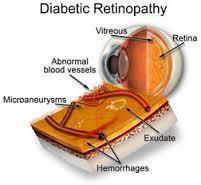Recognizing that licensing and regulation has not kept pace with the growth of telemedicine applications, a new report offers five recommendations for the successful adoption of telehealth.
The recommendations, made by the Information Technology and Innovation Foundation, a District of Columbia-based think tank, include:
Adoption of a standard definition for telehealth: While a recently published study found there to be seven different federal definitions of telehealth, the report's authors stress that H.R. 3750, the Telehealth Modernization Act of 2013, can remedy that "by defining telehealth to include healthcare delivered by real-time video, secure chat, secure email or telephone. ...Establishment of a single, national license for telehealth providers ...Creation of technology- and location-neutral insurance policies ...Collaboration by state prescription drug monitoring programs ...Funding of research to boost quality and lower costs of telehealth programs
A framework for evaluating telehealth programs must consider socioeconomic aspects--not just the technological--argue researchers in an article published online recently in Telemedicine and e-Health. Costs, benefits, barriers and outcomes, including clinical outcomes, are among the integral socioeconomic factors at play in telehealth implementations, they say.
Meanwhile, the American Telemedicine Association has suggested some changes to the Federation of State Medical Board's (FSMB) proposed regulation of telemedicine. Among the suggestions: Don't make remote consults more cumbersome than in-person treatment and clear the way for docs to practice across state lines.
To read more:
- read the report(.pdf)
Read more: 5 recommendations for telehealth success - FierceHealthIT http://www.fiercehealthit.com/story/5-recommendations-telehealth-success/2014-05-14#ixzz31slImddj
Via rob halkes, Marie Ennis-O'Connor



 Your new post is loading...
Your new post is loading...













Great blog and great report: concluding about the necessary steps to enable the development and implementation if ehealth over multistakeholders, health care providers and industry.
Not all have been copied here. so do read the report and the blog..!